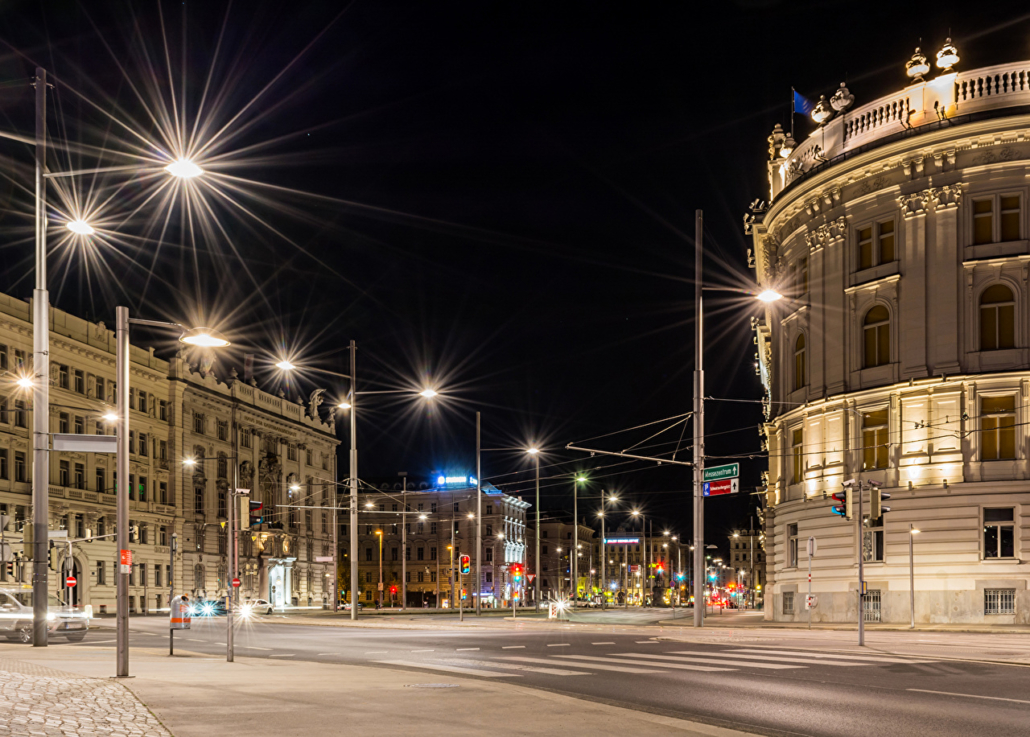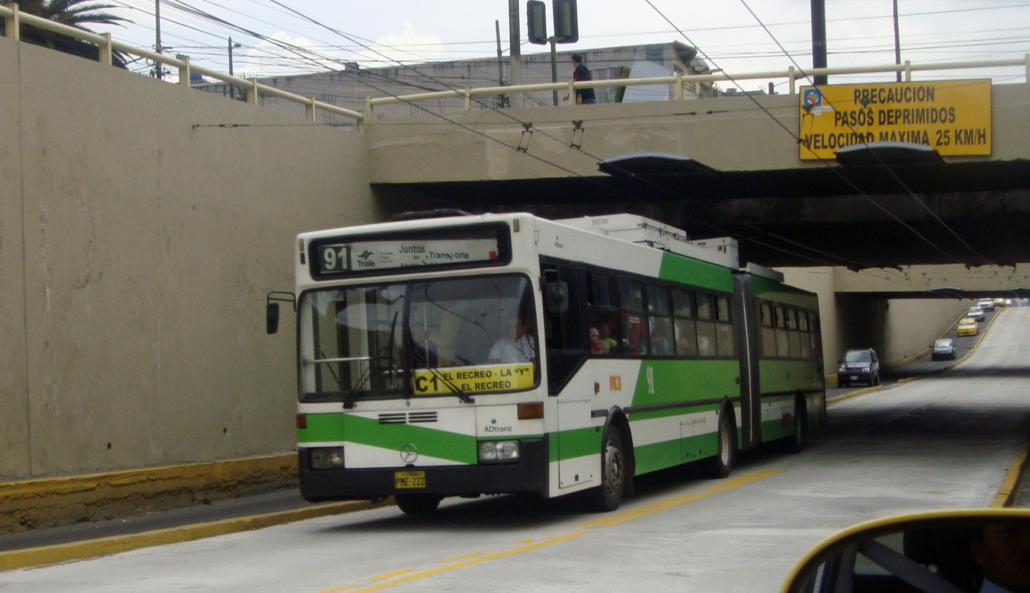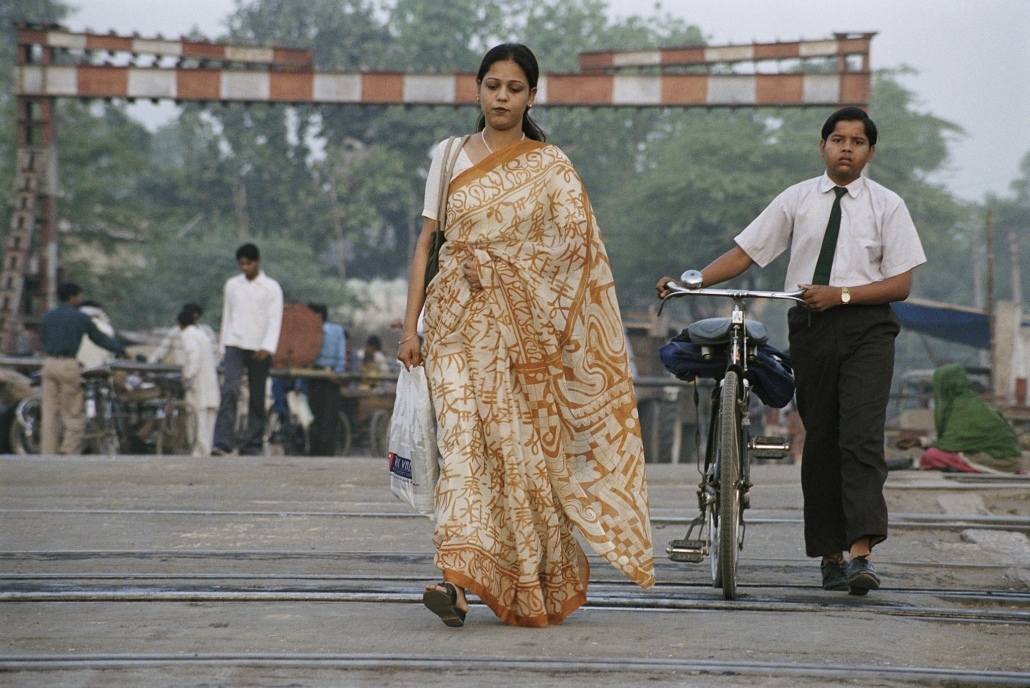Business Case: Cities
Cities built for women

KEY FINDINGS
Inclusive Cities are Improved Cities
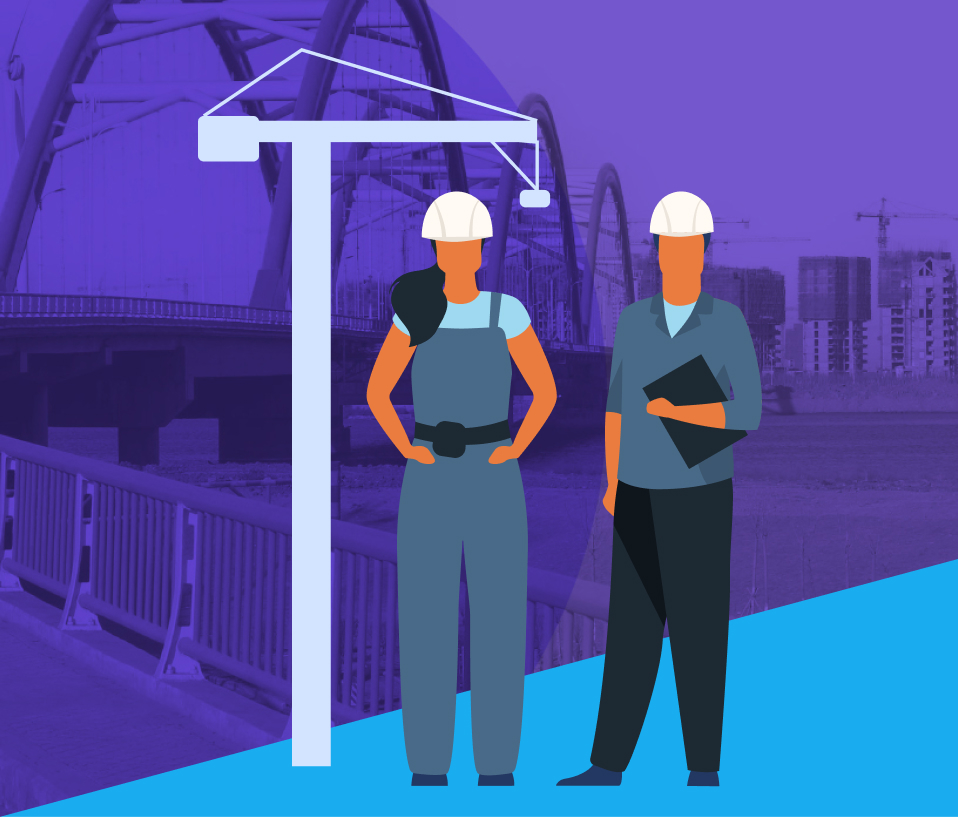
01
Gender-sensitive municipal design creates economic and social benefits.
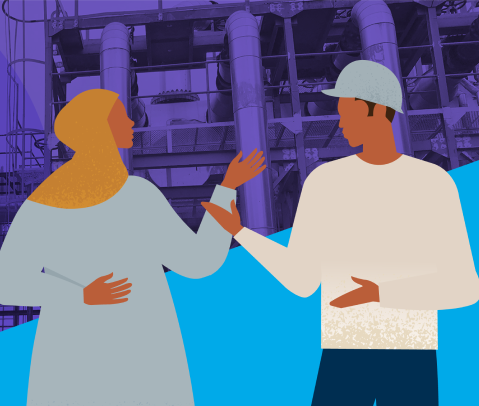
02
Addressing gender-based violence and harassment (GBVH) increases economic and social opportunities.

03
Increasing inclusive’s engagement in municipal management and administration can strengthen urban resilience.
Strategies to address gender gaps
 Include both men and women in participatory planning of urban spaces and services, and solicit their feedback for accountability and improvement.
Include both men and women in participatory planning of urban spaces and services, and solicit their feedback for accountability and improvement.
 Increase inclusive representation in municipal management and workforces.
Increase inclusive representation in municipal management and workforces.
 Design municipal services to better respond to the needs of all citizens.
Design municipal services to better respond to the needs of all citizens.
 Design gender-inclusive public spaces.
Design gender-inclusive public spaces.
 Consider sector-specific interventions in transport, water, and power.
Consider sector-specific interventions in transport, water, and power.
 Develop innovations to reduce the risk of GBVH in public spaces and transport.
Develop innovations to reduce the risk of GBVH in public spaces and transport.
 Include both men and women in participatory planning of urban spaces and services, and solicit their feedback for accountability and improvement.
Include both men and women in participatory planning of urban spaces and services, and solicit their feedback for accountability and improvement.
 Increase inclusive representation in municipal management and workforces.
Increase inclusive representation in municipal management and workforces.
 Design municipal services to better respond to the needs of all citizens.
Design municipal services to better respond to the needs of all citizens.
 Design gender-inclusive public spaces.
Design gender-inclusive public spaces.
 Consider sector-specific interventions in transport, water, and power.
Consider sector-specific interventions in transport, water, and power.
 Develop innovations to reduce the risk of GBVH in public spaces and transport.
Develop innovations to reduce the risk of GBVH in public spaces and transport.
Fast Facts
Including women is the key to expanding infrastructure and revenue.
>50%
Source: IDB
65%
Source: CAF, IDB, UN-Habitat
1/4
Source: World Bank
16.5%
10%
Source: World Bank
183%
Source: Bloomberg Businessweek
0.9-1.3%
Source: KPMG
<5%
Source: NDI
92%
Source: CAF, IDB, UN-Habitat
70%
17%
Source: WSUP
62%
Source: UN Women

